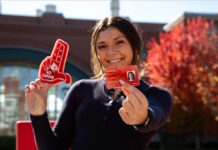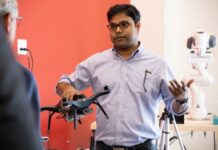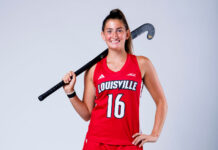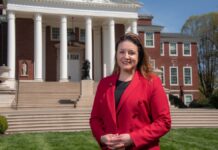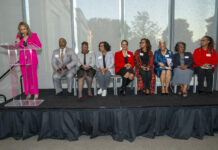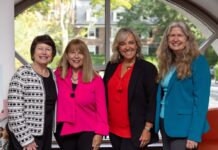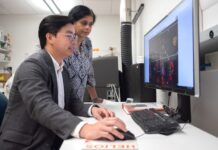Taking students on field trips has become a tradition for him. At his invitation, about 110 medical students recently went to the Louisville Science Center to tour the “World Within Us” exhibit.
“There are all sorts of interesting educational opportunities under your nose as long as you look for them,” Halperin said. “I imagine lots of people have walked through that museum for years and never thought about using it to teach medical students.”
While the exhibit is geared to teaching young children how the human body works, Halperin said he knew that with “docents” — medical and dental faculty from disciplines ranging from ophthalmology to diagnostic radiology — the exhibit could be a starting point for more complex lessons.
“The material served as basis for teaching and not an end in itself,” he said.
Having faculty presenters from different fields — and the School of Dentistry — also is a way to foster interdisciplinary learning.
“Because physicians increasingly work in teams … learning to work in teams and learning to works across disciplinary boundaries better start in medical school,” Halperin said.
According to post-field trip surveys, students like the opportunity to get out of the traditional classroom and interact with professors across disciplines.
“Students largely give high scores to these field trips, and they also like the change in venue,” Halperin noted.
The most important lesson to learn from field trips, however, is for the School of Medicine to always look under its nose for ways to improve educational opportunities for students.
(Faculty presenters included Dean Edward Halperin (pediatric oncology), Margaret Hill (assistant dean, pre-doctoral education and assistant director, graduate periodontics, School of Dentistry), Henry Kaplan (chair and professor of ophthalmology and visual sciences), John Johnson (professor and former chair of orthopedic surgery), Jesse Roman (professor and chair of medicine) and John Roberts (professor of pediatrics and associate dean for graduate medical education).)


